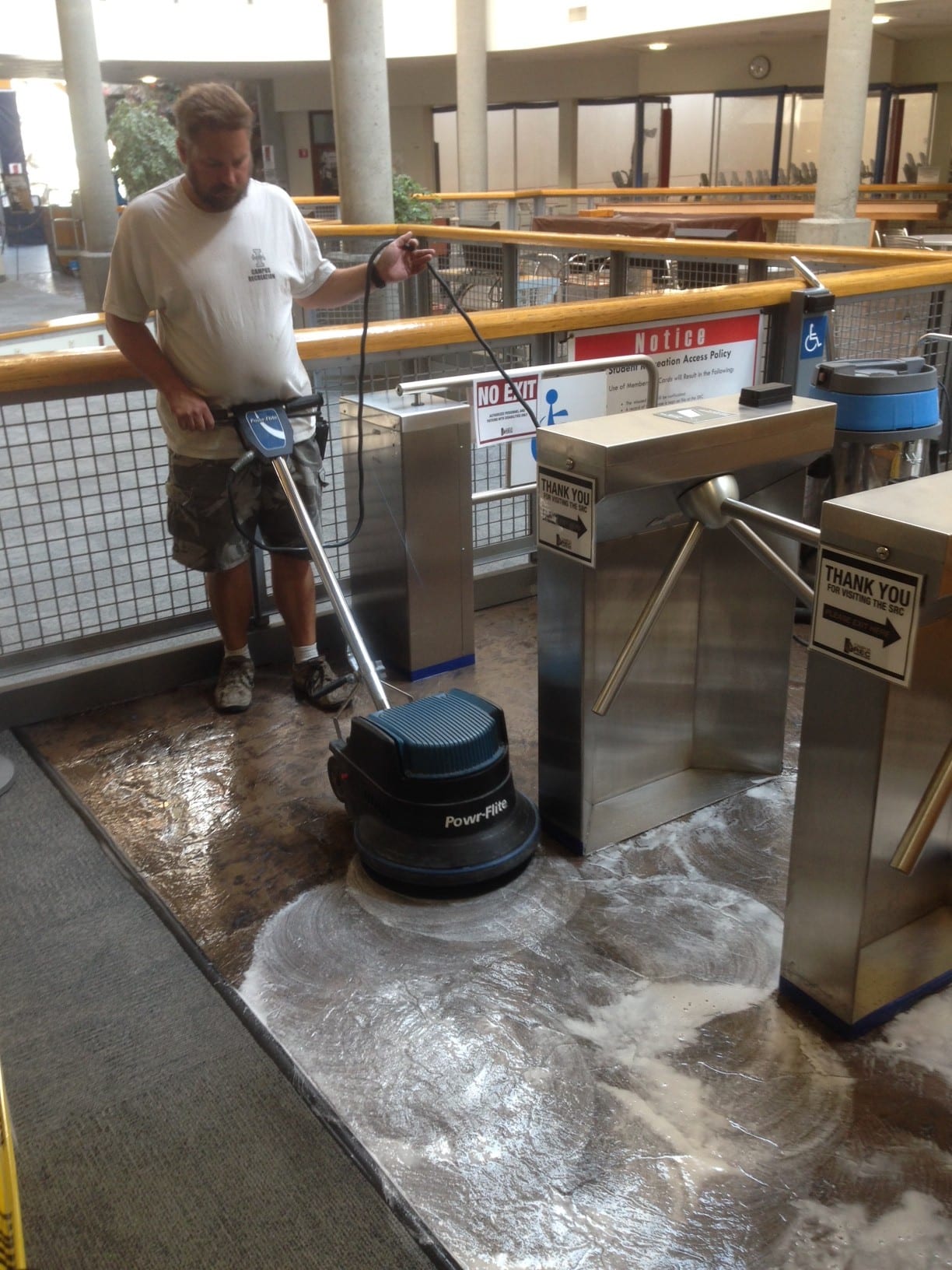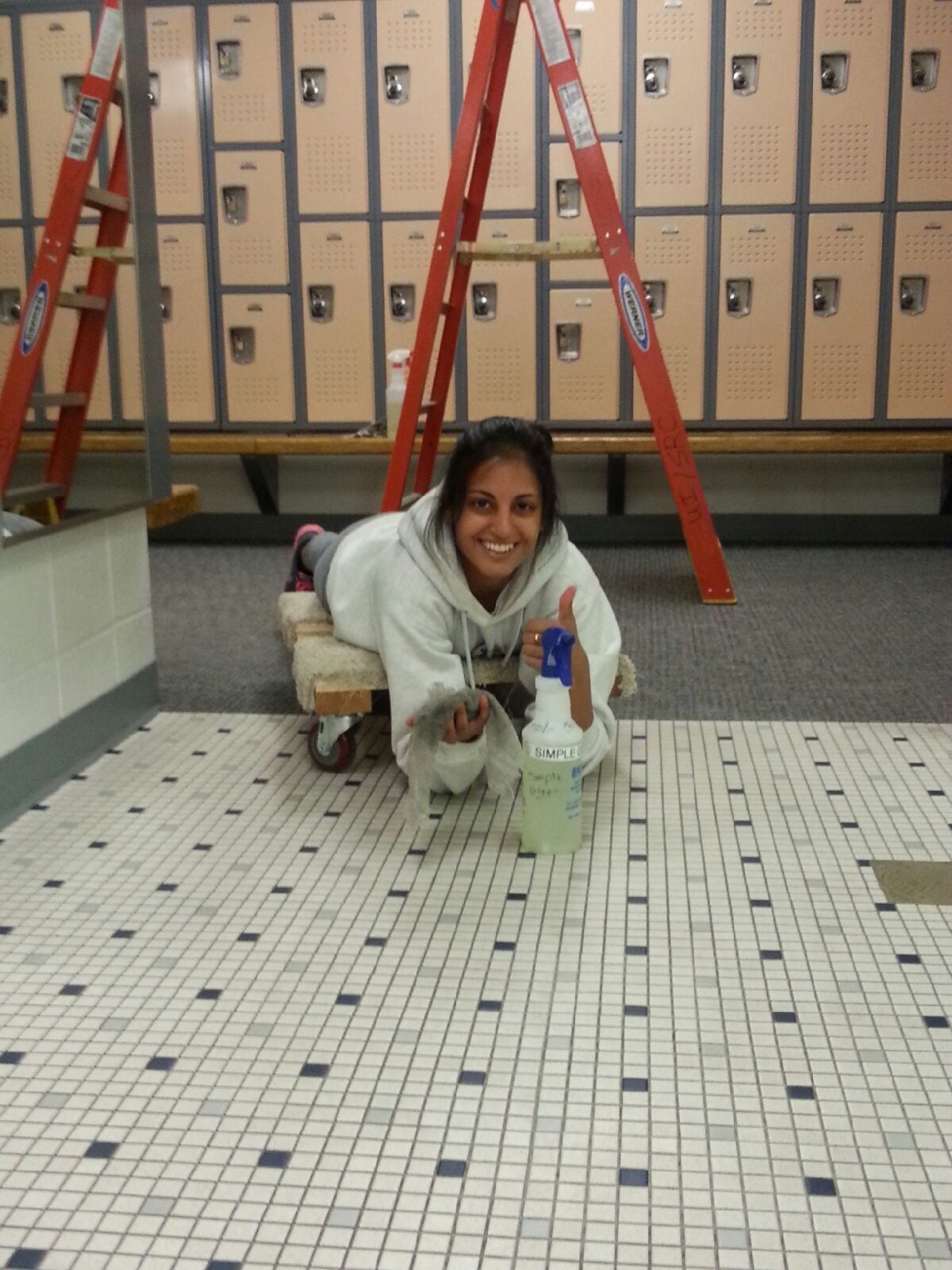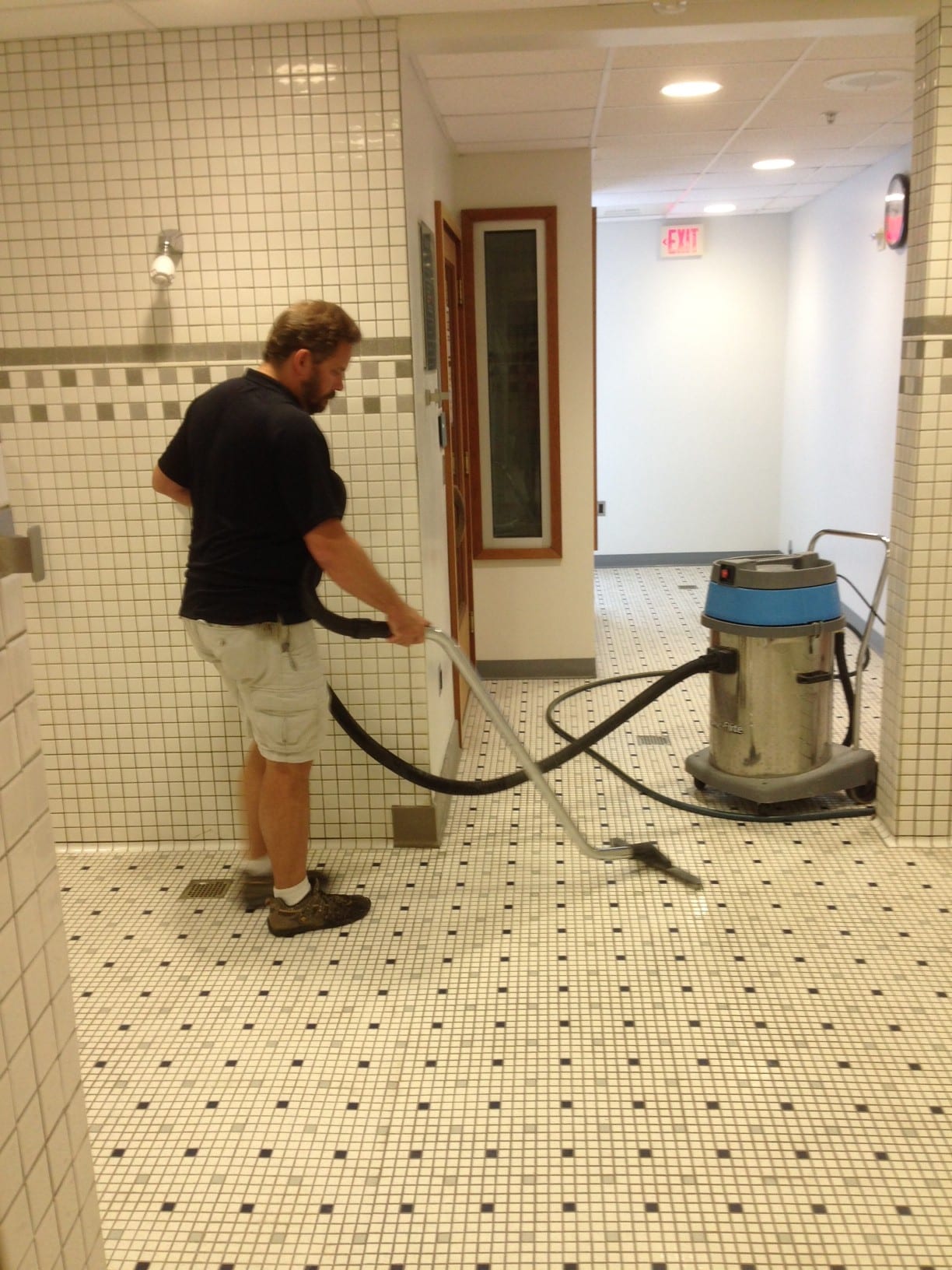When classes let out for the summer and the campus is empty — save a few students who stayed behind for summer classes —someone in the University of Idaho recreation center is shampooing the carpets.
Brian Mahoney explained each summer since 2003, the campus recreation closes for a week to nine days to clean every nook and cranny of the facility and accomplish big tasks they otherwise couldn’t with students in the facility. This summer, they’re closing down August 6 to August 14, right before students come back onto campus on August 22.
“It’s actually standard practice for recreation centers to have at least one annual shutdown. It gives an opportunity to go in and be able to do things you can’t do when patrons are in the facility, such as extracting carpets, if you need to do something with tile, replace sinks, redo the gym floors, a lot of that kind of stuff,” Mahoney said. “Anymore, it really gives us an opportunity just to spiff it up. We do it just a couple weeks before school starts and so that we start the new year off fresh.”
While he recognized other universities might break up the shutdown, taking a week during Winter Break and a week during the summer, he and his team found they’re able to accomplish more on the annual summer shutdown. Ultimately, if schools are looking to also start an annual shutdown for cleaning and maintenance purposes, Mahoney encourages each university to follow a schedule that best suits their culture.
And most of the projects they take on during this shutdown are performed in-house. Since they’ve been practicing the shutdown for 13 years, Mahoney said they have a system down. “It is a juggling act. And we’ve kind of got a schedule. It gets refined every year, but there’s certain things have to happen before other things are done,” he said.
His team consists of three full-time custodians, a maintenance lead, himself and a couple of student employees. “We’re busting the entire time. A couple of us will get in here at 6 in the morning, the rest of the crew will get in around 7 … And then we’ll work until at least 4, sometimes 5 or 5:30. It’s the one time of year that those staff that are eligible, basically everybody but me, gets overtime,” said Mahoney. “We work hard, but it’s really nice because it’s one of those few time we can see the finished product and it hasn’t been messed with in any way. We really get to see the building look it’s best. And there’s a lot of reward and satisfaction with that,”
In addition to finding a schedule that suits a university’s culture, Mahoney said not to recreate the wheel during a shutdown. He recognized while a university may seem bigger than others, they will typically employ more staff to help during the annual shutdown. So if a university is seeking advice on how to best tackle big projects during an annual shutdown, reach out to other universities that have practiced it for a few years. And, most importantly, “create a priority list and stick to that list,” he said.













